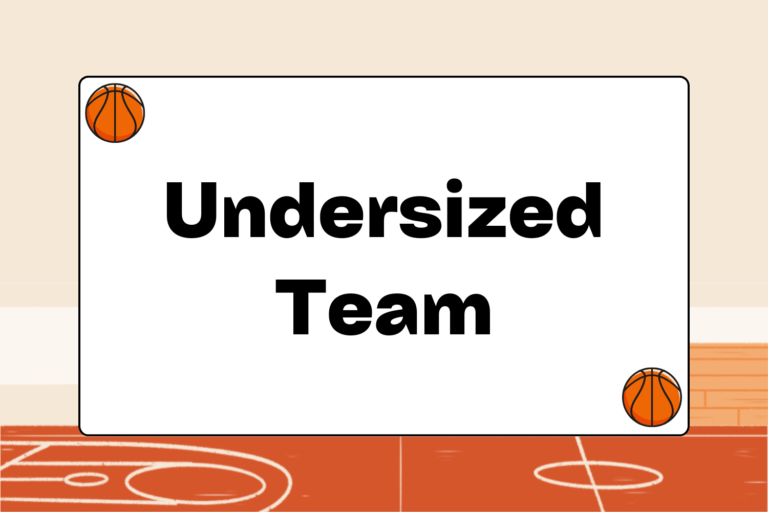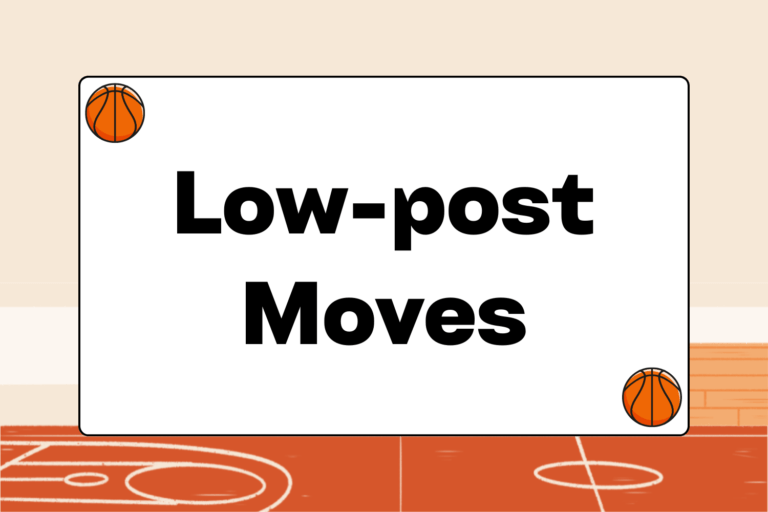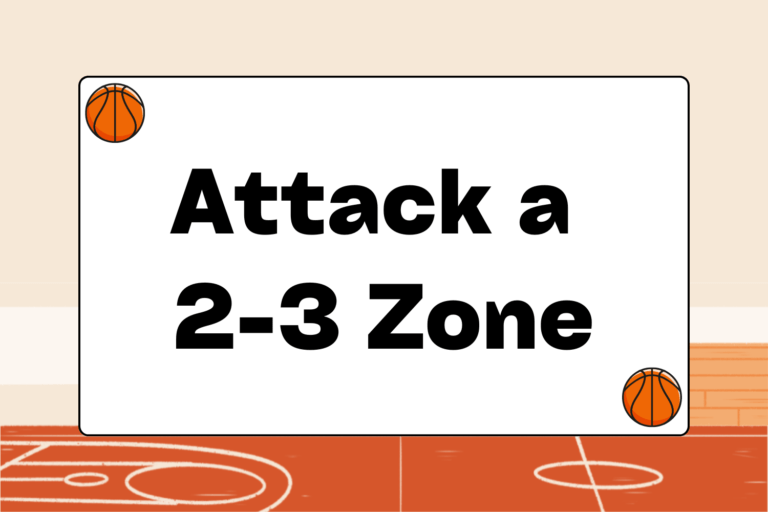Implementing pilates into your training regimen can drastically improve your performance on the basketball court. It strengthens your core, stabilizes your spine, increases your overall flexibility, and can even teach you the best way to focus your energy.
Still not sold on the idea of the mat and reformer? Check out these reasons why pilates is the best way to cross train.
Benefits for Everyone
The benefits of pilates apply to every sport. The emphasis on building core strength will give you a strong center to work from; the strengthening of smaller supporting muscles will allow you to move more efficiently; and the training on breathing methods and focus will keep you calm and cool in high pressure situations. Regardless of the specific physical requirements of your sport, all of these skills can take your game to the next level, making you a more efficient, concentrated, and flexible athlete.
Minimal Risk of Injury
Many athletes cross-train with activities like running and cycling, but unlike those high impact and sometimes risky activities, pilates has almost no risk of bodily damage.
In fact, if performed correctly, pilates has little—if any—negative impact. The reclined position prevents any impact on the joints, while the exercises themselves can help prevent future injuries by strengthening the muscles that surround the spine and other vital areas.
Always Accessible
Pilates is easy to practice, wherever you go. It has little to no equipment and minimal requirements for space—if you can lie down, you can do the exercises. All you need is a $15 pilates mat, or even just a towel, to protect your spine on the floor, and you can begin a quick and effective core workout.
Once you have received instruction in basic pilates, the exercises will be easy for both your mind and body to remember. As an athlete, it will be comforting to know that you will be able to get in a workout, regardless of the circumstances. Pilates can be a valuable tool in this respect, especially for athletes that are constantly on the go for games or shows.
Breathing Lessons
One aspect of pilates, largely unknown to those outside of the practice, is its emphasis on proper breathing. With the use of the thoracic breathing, the student learns to breathe in and out through the diaphragm and abdominal cavity. This is extremely important in the effectiveness of the pilates exercises, but also a very useful tool in any sport since proper breathing will improve lung capacity and teach you to concentrate on breathing when it’s needed most.
Thoracic breathing will also stabilize the spine and help strengthen core muscles.
Never a Bulky Moment
Activities like weight training and lifting can easily build bulky, tight muscles, but Pilates focuses instead on building strength through leanness. When performed correctly, Pilates helps you develop a toned, firm body without any tight tissue. It builds a unique combination of flexibility and strength that leaves the practitioner with a sleek, adaptable physique that is both agile and stable.
Safe for Injury Rehabilitation
After an injury, it can be difficult to jump back to full time activity without damaging recently-healed areas. Pilates is a great way to transition back into training, as it can be easily modified for any weakened/vulnerable parts. Its emphasis on building proper spinal alignment and strengthening the muscles that surround joints will help the injured area become stronger and more stable than it was even before the initial damage.
Full Body Conditioning
Though many sports depend on strength of a particular group or set of muscles, it’s never a bad idea to condition the entire body. Pilates can strengthen specific areas, but also has benefits from head to toe: If you’re a soccer player looking to get stronger legs, a dancer seeking better alignment, or a discus thrower in need of upper body stability, you’ll get everything you need from pilates, plus much more.
Additionally, since Pilates reaches the body as a whole, there is never any concern for over strengthening the “big brother” muscles that do most of the work already. For example, while pilates will build strength in the all-important quads, it will also work the hamstrings and hip flexors, muscles that often are overlooked in workouts.
The Perfect Warm-Up
Jogging around or doing some jumping jacks is a useful, classic way to loosen up, but for athletes of a higher caliber, it can be tough to find a quick and easy warm up routine that hits all the muscles in all the right spots. Simple pilates starter exercises like 100s and Mermaids are great for warming up, activating the core muscles and getting the blood flowing.
Pilates also requires minimal space. No matter what your sport is, if there’s enough room to lie down before a big game or performance, there’s ample space to warm up with some Pilates.
Breathe Out, Dive In!
So the next time you’re sitting around wondering how best to cross-train, try dropping in on a local Pilates class. It’s a fun, accessible, and challenging workout that will strengthen every part of your body and your mind.





